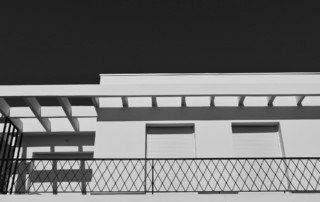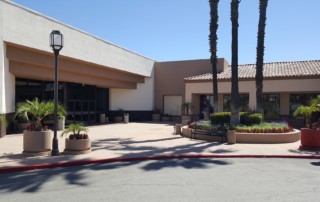While preparing for hurricanes and other severe weather is a way of life in South Florida, commercial property owners and managers have an additional responsibility. Commercial buildings house tenants, paying clients, or other business resources which can be harmed if the roof is damaged.
While business insurance will cover the damage caused by bad weather, a commercial property manager does not want to incur the legal liability and bad press associated with a failed roof. The following factors should be considered when looking into commercial roof design.
Commercial Roof Design for South Florida
A commercial roof is often flat, and is typically made up of concrete. Sometimes, but more rarely a roof may be comprised of alternate roofing materials such as asphalt shingle or tile. Concrete roofing will generally not be vulnerable to problems during storms or hurricanes (except perhaps ponding or standing water). Many roofing contractors also reinforce Venice and Sarasota commercial roofing with spray foam.
Spray foam is a composite which is sprayed mechanically onto any roofing surface. The material rapidly expands and balloons, adhering to the surface of the roof and creating an impenetrable membrane. Regardless of roofing materials utilized, the spray foam minimizes the possibility of wind lift or any leaking into seams or cracks which may exist on the substrate.
As mentioned, ponding and standing water will most likely cause more damage to a commercial roof than any wind-related circumstance. If your roof exhibits ponding after severe storms and does not dry once the sun comes out, it may be time to call in a professional. Ponding may be caused by uneven insulation under the surface, or an improperly sloped roof surface. Because standing water can cause erosion, deterioration and eventually lead to leaks, it should be dealt with as soon as it is discovered. A professional Venice roofer will be able to determine the best course of action to reduce or eliminate ponding on your commercial roof.
Roof Penetrations and Flashing
Penetrations in the roof structure, such as vents, chimneys, or even skylights, cause areas of vulnerability for damage. Any structure which sticks up from the flat roof could be picked up by strong wind gusts. If these are ripped off the roof, you will have a hole and obvious breach through which water can intrude. However, even a vent or skylight can experience leaking after a bad storm. It only takes a slight failure of the flashing to allow water intrusion underneath. All commercial building owners should conduct inspections to make sure that the flashing is properly secured and sealed; and that the sealant around the skylight is properly installed.
If you have commercial equipment on the roof such as air handlers or generators, you will want to ensure that they are properly fastened and strapped to the roof. In the event of a major windstorm, these large pieces of equipment could become deadly projectiles. Prior to a storm, building maintenance should inspect the roof to ensure that all equipment is properly secured, all flashing is intact, and that there are no tools or supplies lying around which could be picked up by the wind.
The most important thing you can do if you are a commercial property owner is to have the roof inspected annually, at a minimum. This will ensure that any vulnerabilities or possible risks are taken care of before they become a problem. If you need commercial roof maintenance, or are looking to have a new roof installed- call [company_name] today. We are longstanding members of the Venice community, and are committed to exceptional quality and customer service, whether residential or commercial roof design.




